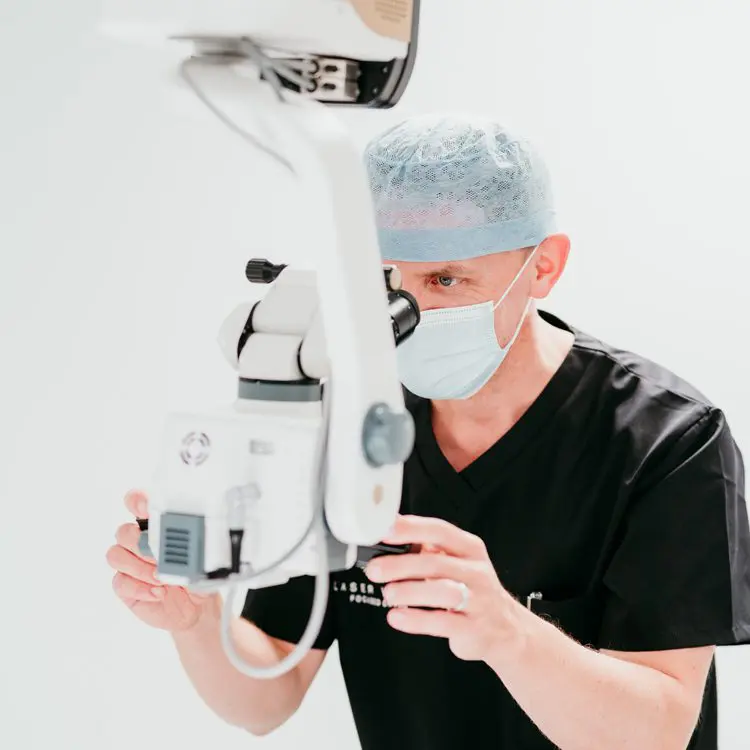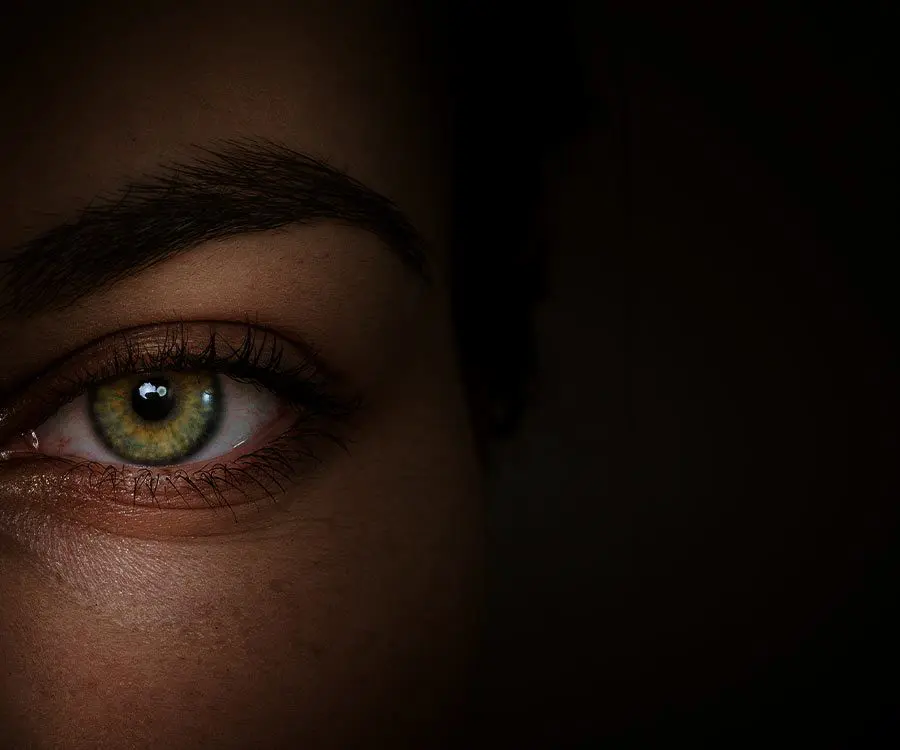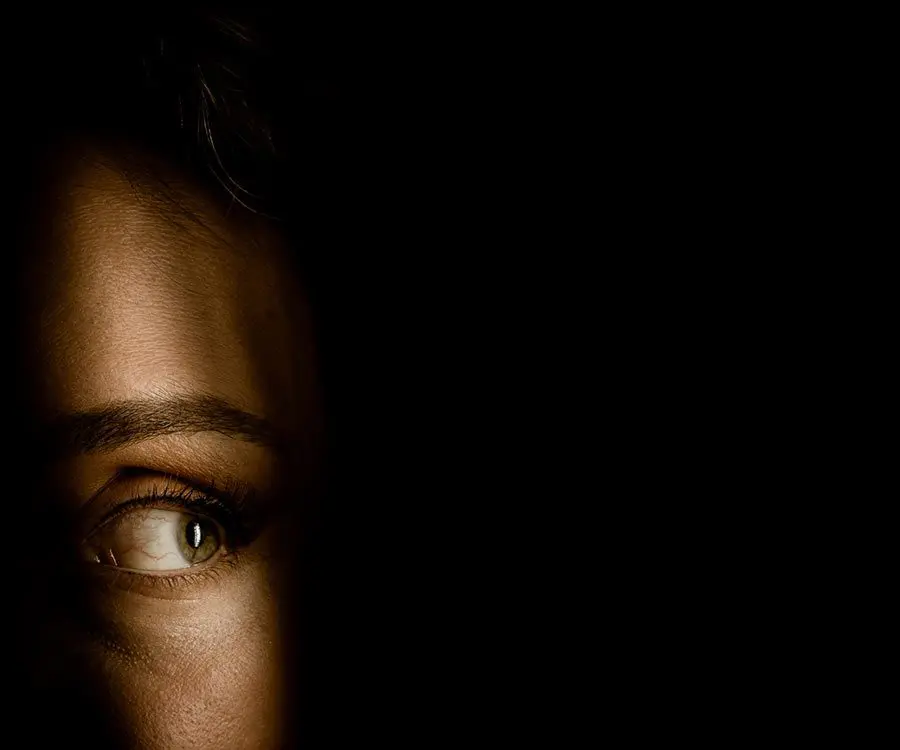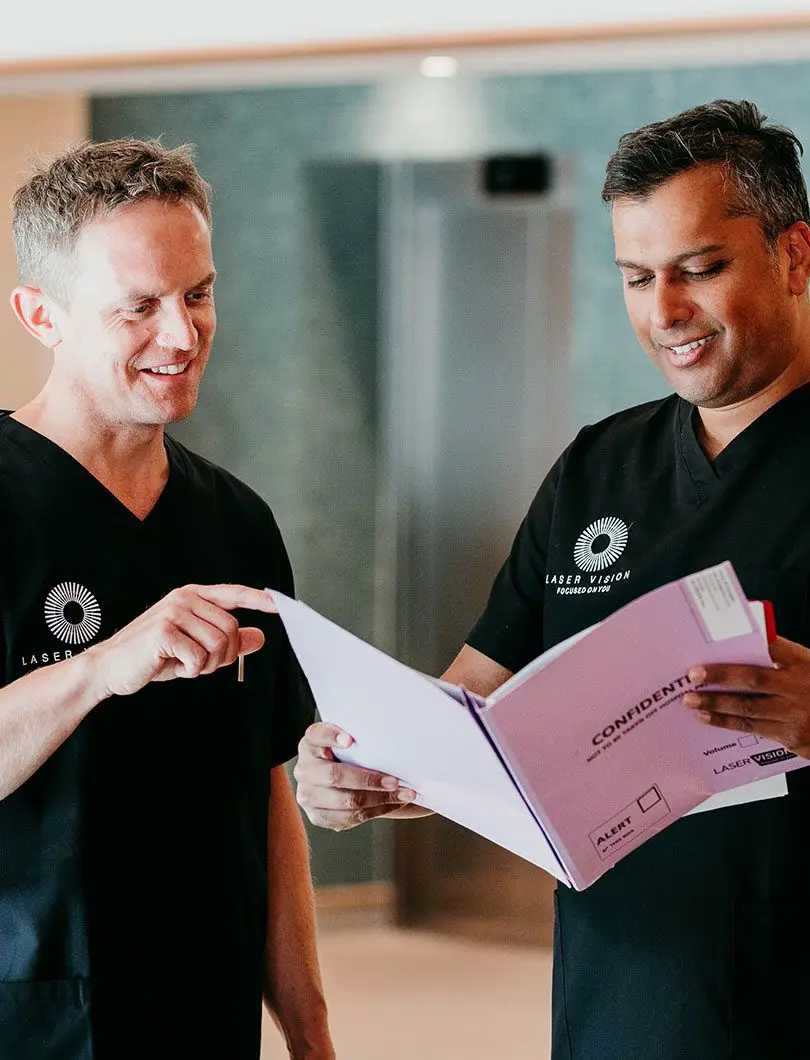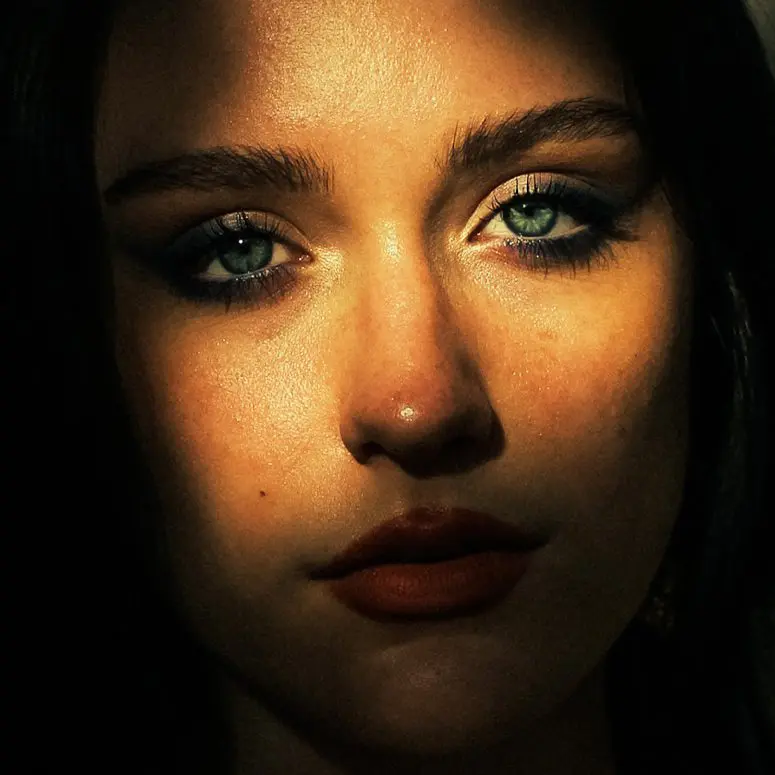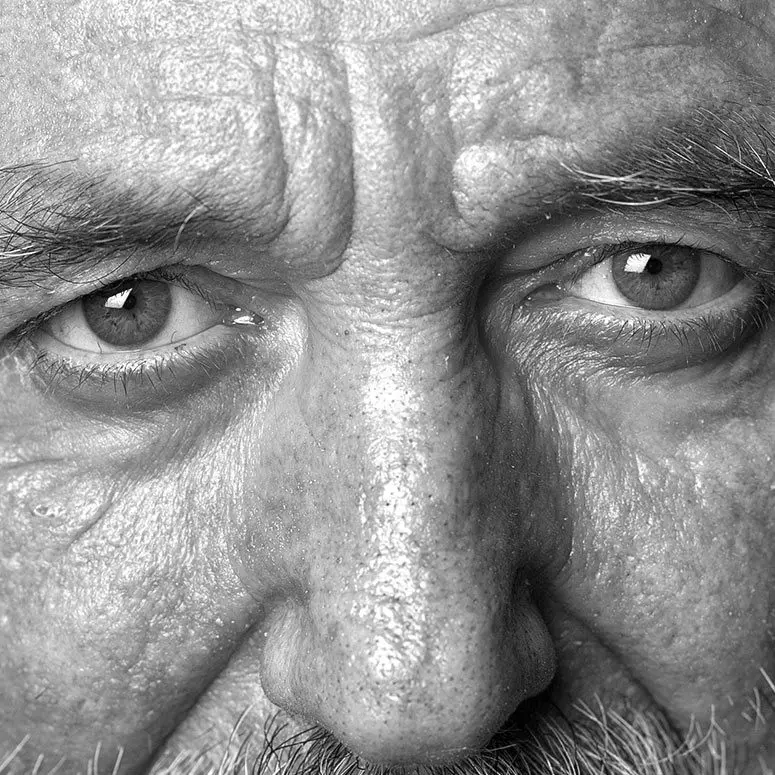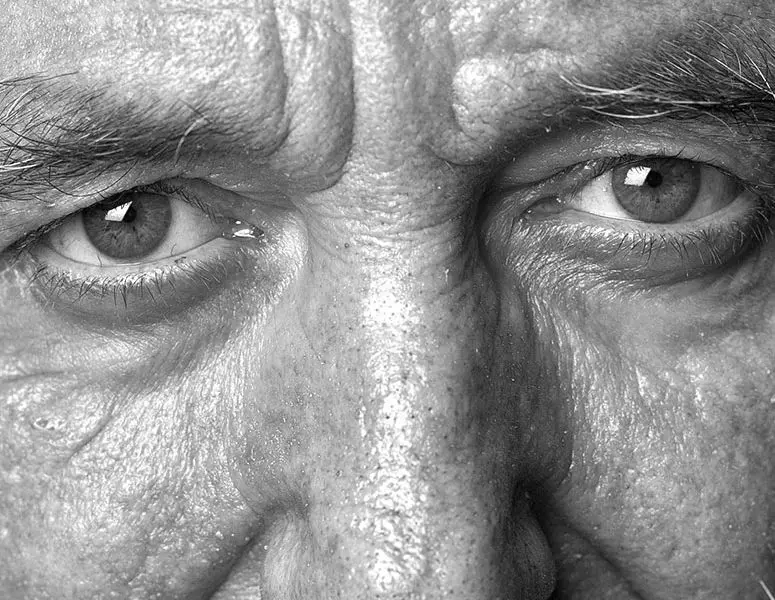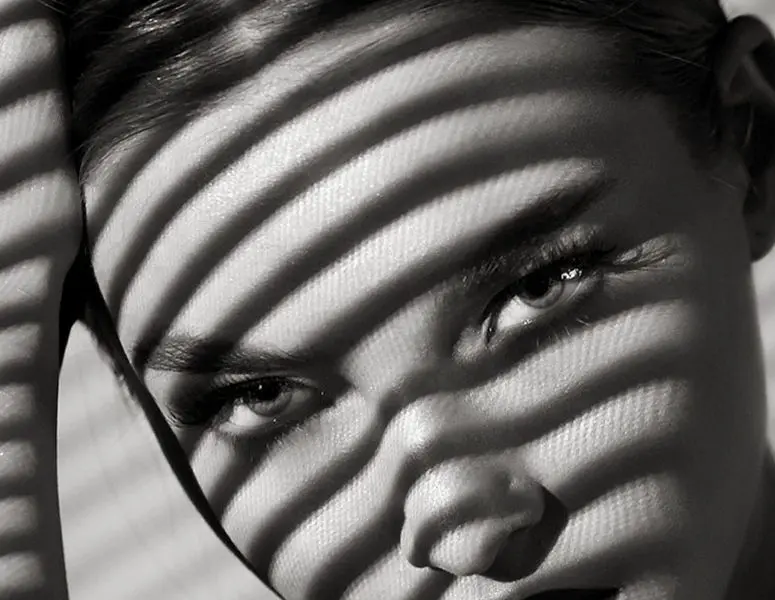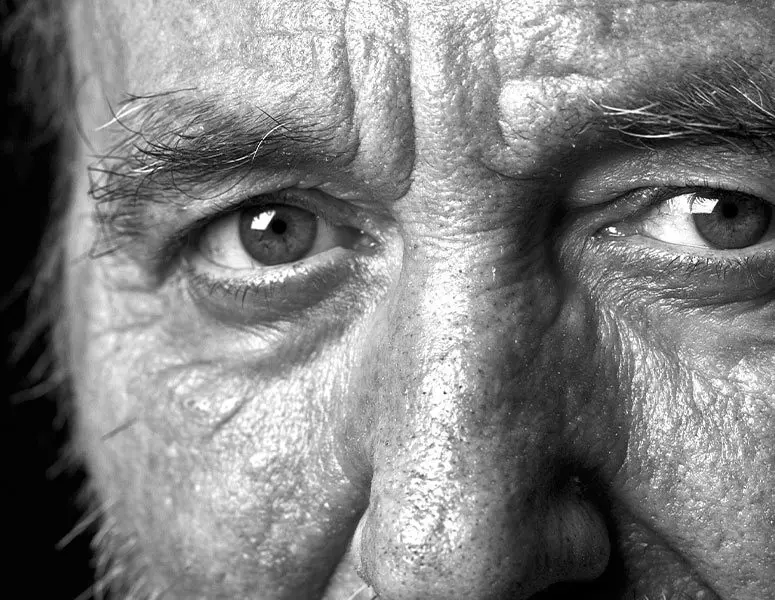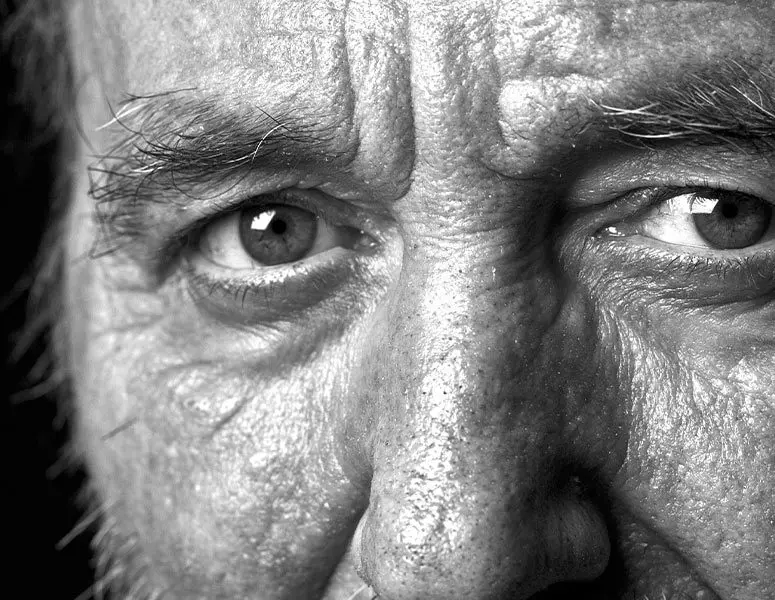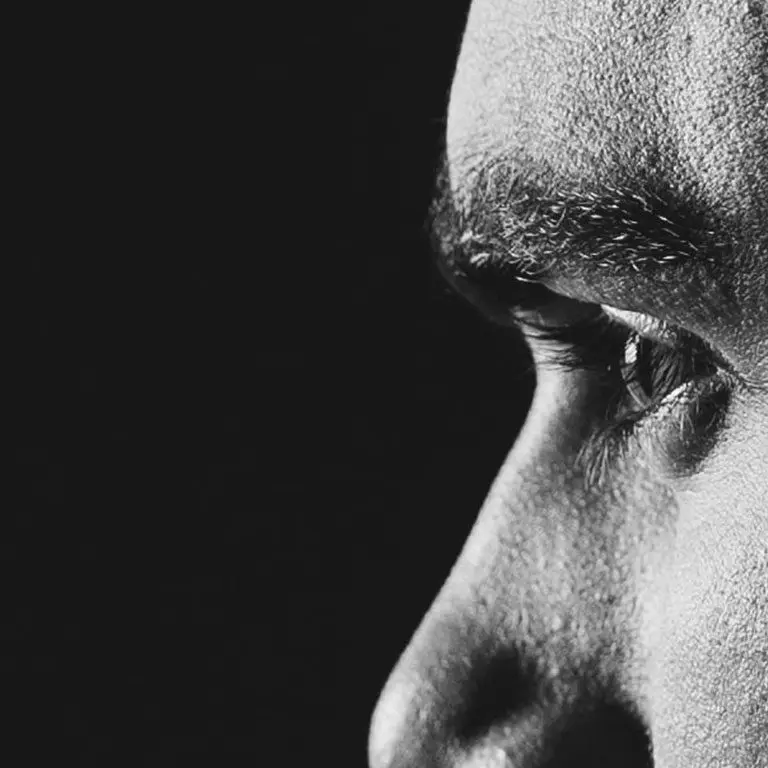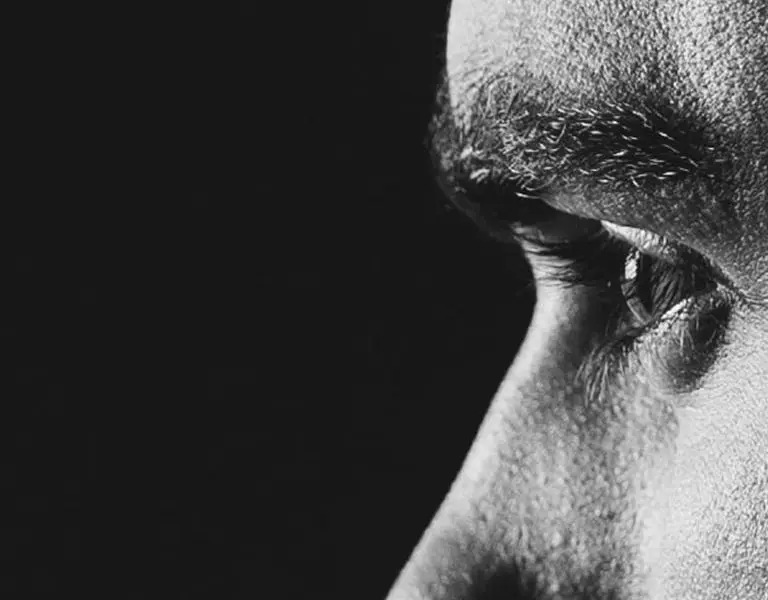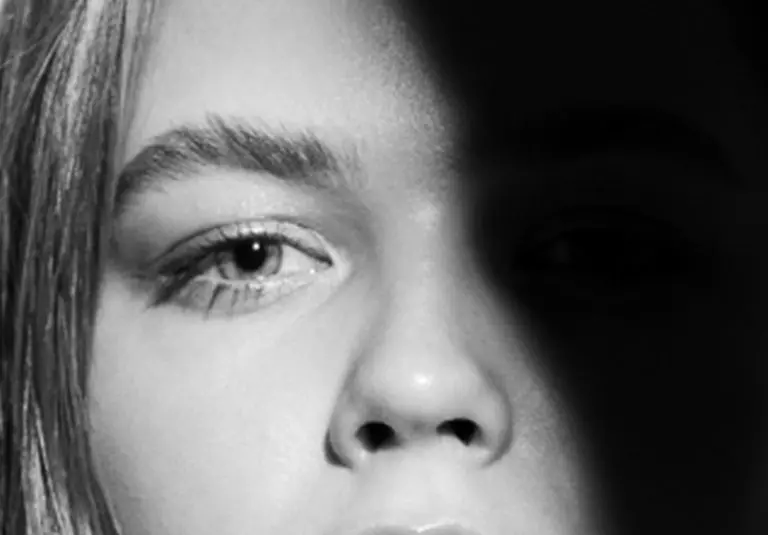- Corneal Surgery

Corneal Collagen Cross-linking (CXL)
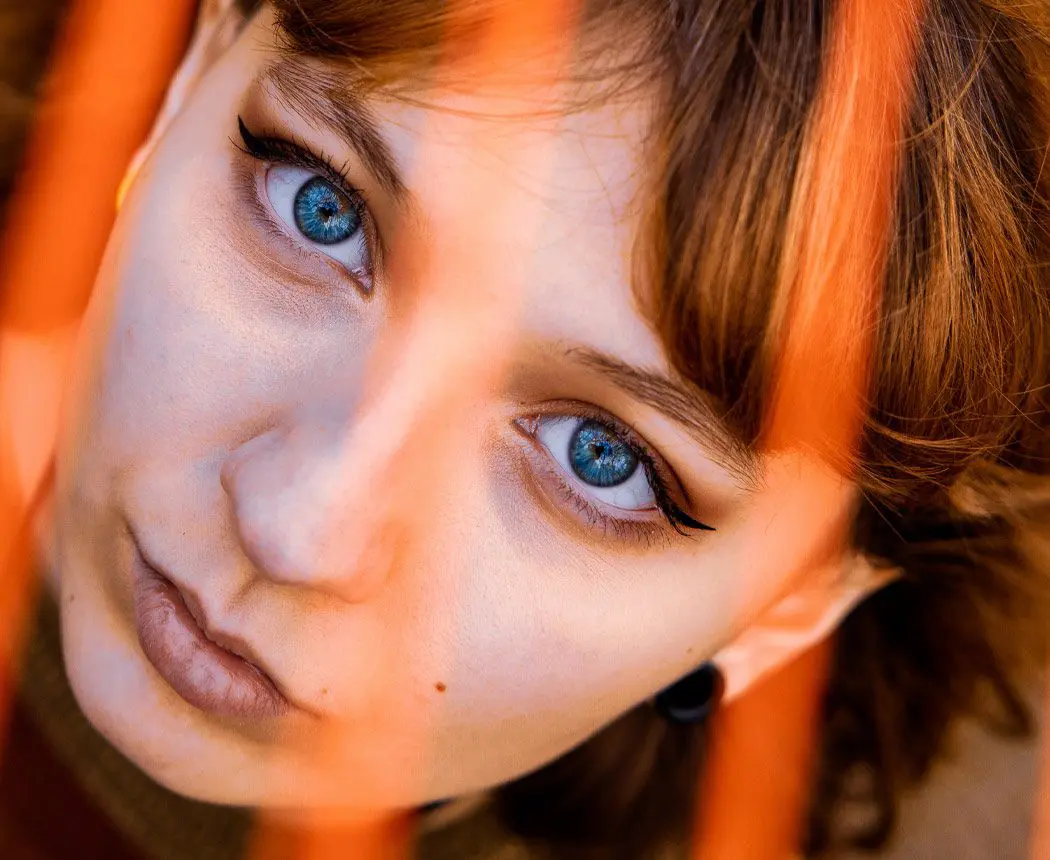
- Treatment

- Corneal Surgery
Corneal Collagen Cross-linking (CXL)
Corneal collagen cross-linking (CXL) is a minimally invasive procedure that uses riboflavin eye drops and UV light to strengthen the collagen structure of the cornea and stop keratoconus getting worse.
What is Corneal Cross Linking (CXL)?
Corneal Cross Linking is a procedure designed to halt progressive weakness of the cornea. It is commonly used for the eye condition, Keratoconus, which gets worse as the cornea weakens. Corneal cross linking helps to strengthen the cornea and increase resistance of the corneal tissue by helping collagen fibres to cross link, imitating the natural cross linking when the cornea tightens with age. This strengthening of collagen is achieved by using ultraviolet light and riboflavin (vitamin b2) drops.
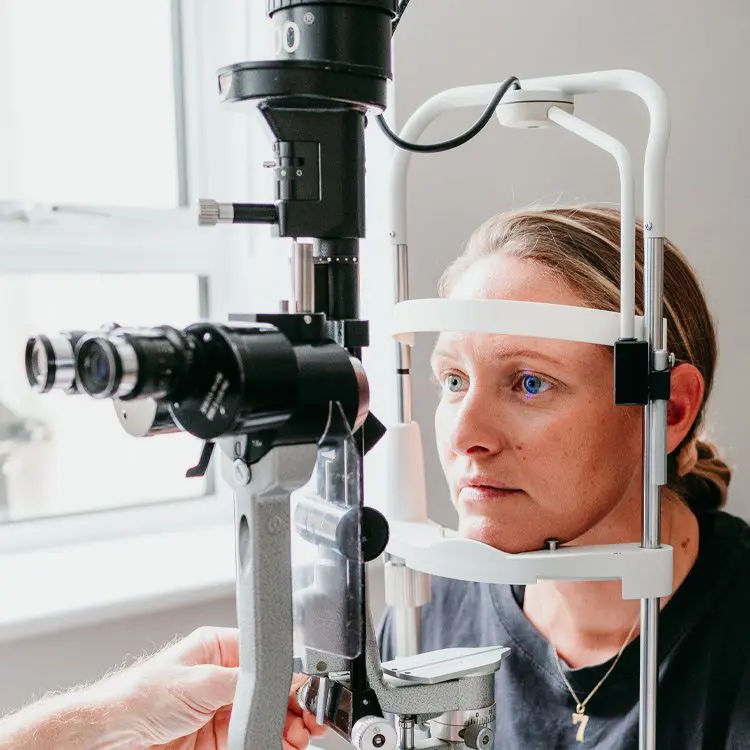
Corneal cross linking procedure
During the corneal cross linking procedure the superficial layer of epithelial cells is removed, and riboflavin (vitamin B2) drops are applied to the cornea followed by UV-A light. This combination causes the corneal collagen to create more bonds between strands, making the structure stiffer and stronger. This process mimics the natural age-related changes in a healthy cornea. CXL is useful in conditions such as keratoconus where the cornea may undergo a progressive thinning and steepening. As with all operations there are risks: the procedure is safe but there is a small chance of worse vision due to corneal haze, scarring or infection.
Corneal cross linking procedure
During the corneal cross linking procedure the superficial layer of epithelial cells is removed, and riboflavin (vitamin B2) drops are applied to the cornea followed by UV-A light. This combination causes the corneal collagen to create more bonds between strands, making the structure stiffer and stronger. This process mimics the natural age-related changes in a healthy cornea. CXL is useful in conditions such as keratoconus where the cornea may undergo a progressive thinning and steepening. As with all operations there are risks: the procedure is safe but there is a small chance of worse vision due to corneal haze, scarring or infection.

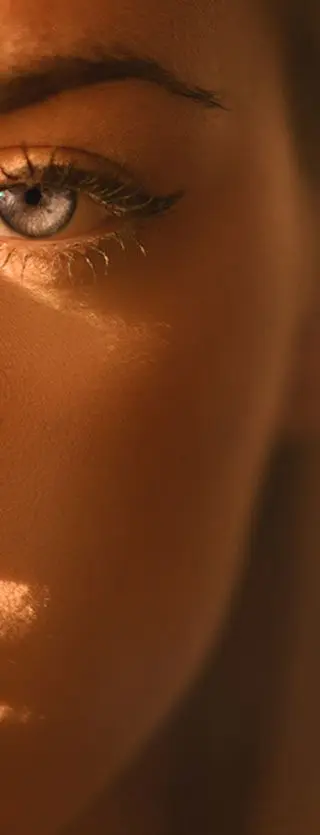
What happens during CXL?
- 1.Performed under local anaesthetic in sterile treatment room / operating theatre.
- 2.Patient is laid flat on a bed or reclining chair.
- 3.Sterile drape is placed and eyelid support inserted.
- 4.Surface epithelial cells removed with alcohol and riboflavin (vitamin B2) eye drops put onto the eye. This allows the riboflavin to soak into the cornea.
- 5.UV-A light is then applied to the eye for around 10 minutes.
- 6.Topical anaesthetic and antibiotic drops applied.
